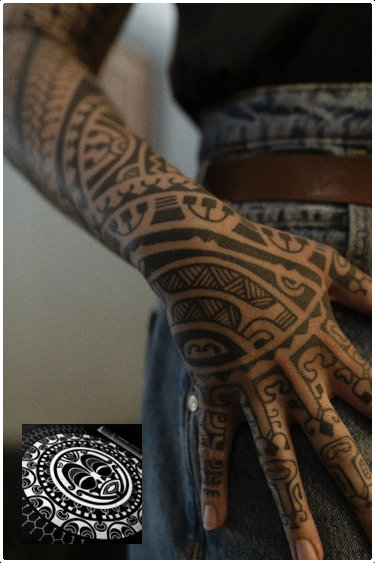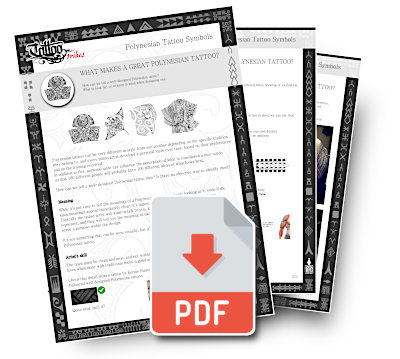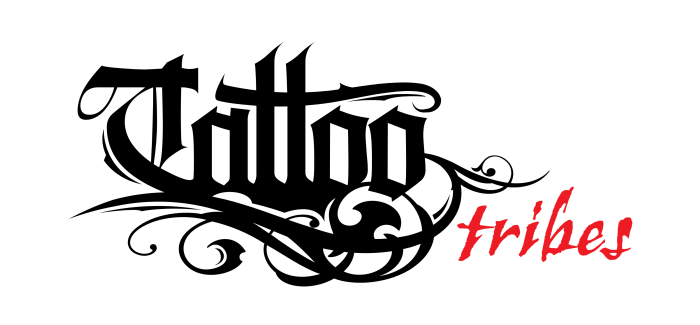
Polynesian tattoos can be very different in style from one another depending on the specific tradition they belong to, and every tattoo artist develops a personal style over time, based on their preferences and on the training received. In addition to this, personal taste can influence the perception of what is considered a nice tattoo so that 100 different people will probably have 100 different ideas of what looks best.
How can we tell a well-designed Polynesian tattoo then? Is there an objective way to identify them?
The Importance of Meaning
While it's not easy to tell the meanings of a Polynesian tattoo by simply looking at it, even if the main meanings appear immediately clear, it's important to know them if you're getting one.
Typically the tattoo artist will want to talk to you, know your story and what you would like to represent, and they will tell you the meaning of each symbol included in your tattoo, as they all serve a purpose within the design.
It's not something that can be seen visually, but it's possibly the most important factor to value a Polynesian tattoo.
Evaluating Artist's Skill
The lines must be clean and neat, and not wobbly. Even when done with traditional tools, a good artist will always make straight lines with neat edges.
Check this detail from a tattoo by Keone Nunes done with traditional tools:
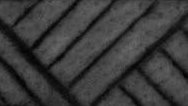
Quite neat, isn't it? Here are two additional examples:

Basic Technical Aspects
Apart from the meanings, there are three basic aspects to be considered when drawing or evaluating a Polynesian tattoo, three general rules that must be respected:
- balance
- breath
- flow
There is much to say about them, and some exceptions to these rules, but in short we can say that:
Balance means that the size and density of the elements should be uniform throughout the tattoo:

Elements should be allowed to "breathe", there must be proper space between them:
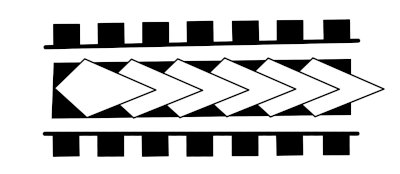
The tattoo should follow the lines of the body enhancing them, and the elements should flow within the composition:
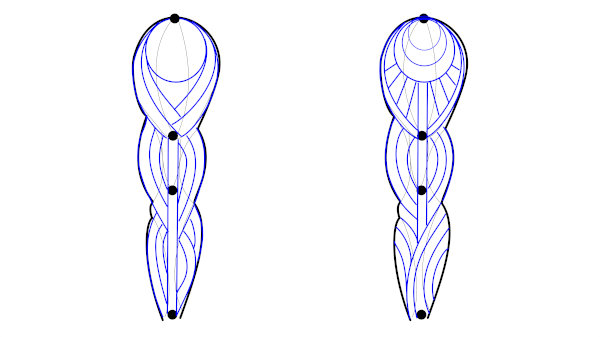
Longer patterns flowing along the muscles on a limb can make it look longer, while shorter patterns crossing along the muscles can give the limb a more sturdy look:
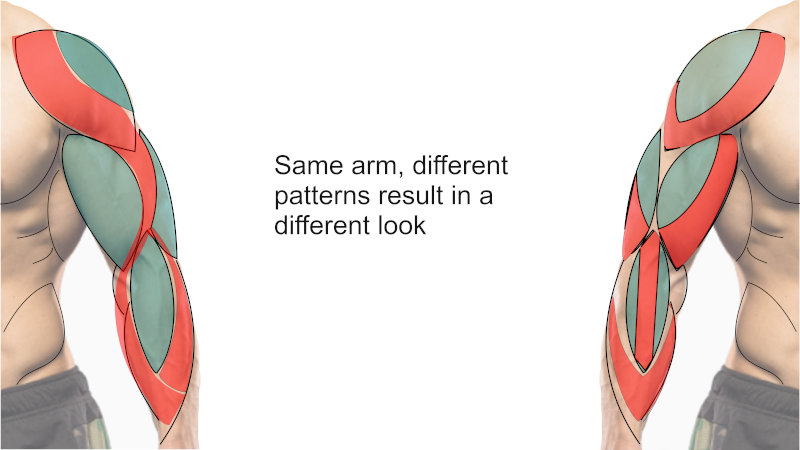
Respecting the three simple concepts of balance, breath, and flow can make a great difference, no matter what style is used for a tattoo, as they are at the core of every well-structured Polynesian design.
Examples by Renown Artists
The following tattoos by renown artists reflect all three aspects and the results are evident:
Sleeve tattoo by Jean Michel Manutea:
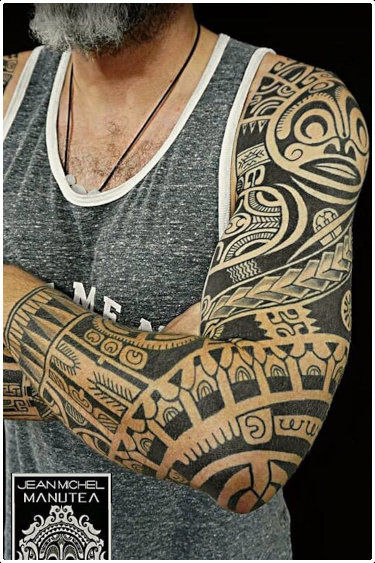
Back tattoo by Michael Fatutoa (Samoan Mike):
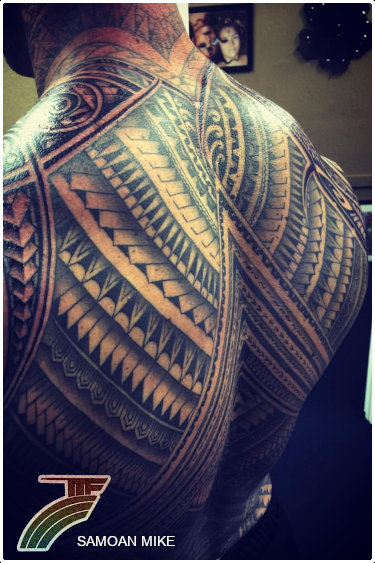
Shoulder piece by Manu Farrarons:
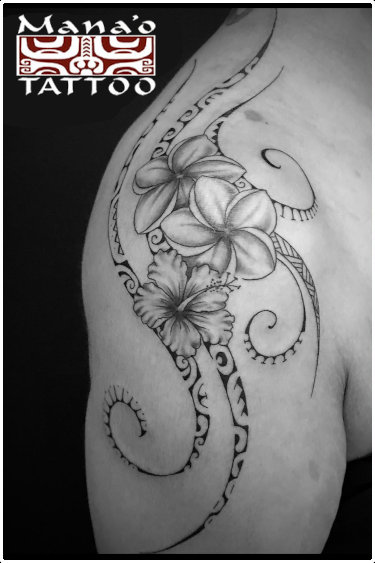
Sleeve by Dmitrii Babakhin:
